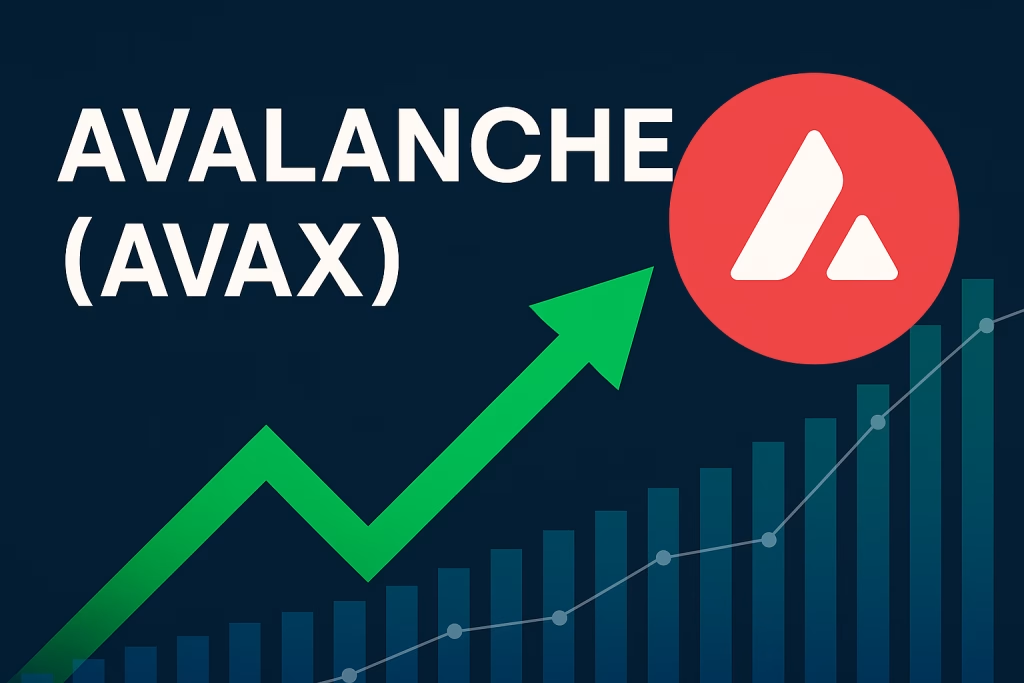Pi Coin Crashes to $0.47 After Mainnet Launch: Community Remains Hopeful for Long-Term Gains
👤Jay Robinson ⏲️July 14, 2025

14 July 2025 – Pi Coin, the cryptocurrency built on a mobile-first mining model, has suffered a sharp decline following its long-anticipated Open Mainnet launch.
Once trading near $3, the Pi Coin price has plummeted to $0.47, erasing over $15 billion in market capitalization. Despite this drastic correction, the Pi community continues to display surprising resilience, with 88% of holders expressing long-term bullish sentiment.
A Disappointing Start to Mainnet Trading
The Open Mainnet launch was expected to be a watershed moment for Pi Network. Instead, it exposed what many critics describe as deep structural issues. These include delays in KYC processes, a lack of decentralized applications (dApps), vague governance frameworks, and absence from major crypto exchanges like Binance or Coinbase.
Oversupply of tokens, minimal demand, and limited real-world utility have raised red flags. An AI-generated sentiment analysis flagged these negatives as outweighing the positives at this stage, suggesting that Pi’s fundamentals may not support its once-lofty valuations.
“Open Mainnet was supposed to be the breakout. Instead, it’s exposed the cracks,” one Pi user commented.
Community Support: Faith Over FOMO
Despite criticism, Pi’s massive user base remains largely unfazed. A poll shared by @Pi_Next_Gen found that 88% of users remain bullish, emphasizing that Pi Network was never about quick profits. Instead, they see this phase as the beginning of infrastructure development, not the end.
Pi’s community spans across Asia, Africa, and Latin America, leveraging its unique mobile-first mining approach. Supporters argue that Pi’s accessibility and global grassroots appeal position it for long-term success, even if short-term price action remains underwhelming.

Technical Analysis: Bearish Pressure, But Hope for Support Bounce
At the time of writing, Pi Coin trades at $0.4693, hovering just above a critical support level at $0.45, based on Fibonacci retracement levels. Technical indicators like the Relative Strength Index (RSI) sit at 49.82, indicating a neutral-to-oversold status.
Open Interest on Coinalyze remains flat, showing hesitation among traders. However, a positive funding rate suggests a mild bias toward long positions, albeit without strong conviction. Meanwhile, bearish momentum is slowly fading, according to the Bull Bear Power indicator.
A breakdown below $0.45 could see prices slide further toward $0.4001, while a close above $0.4974 might trigger a short-term bullish reversal.
Price Forecast: Pain Now, But Gains Possible by 2026 and Beyond
According to CoinCodex, Pi Coin is expected to experience sideways movement for the rest of 2025. With July’s average projected at $0.370 and December’s at $0.361, the year is seen more as a period of consolidation.
However, 2026 could mark a turning point, with prices potentially reaching $1.28 in April and averaging $0.73 throughout the year—a 175% gain from current levels.
Forecasts for subsequent years suggest:
- 2027: Slower growth, averaging $0.61 with peaks around $0.85
- 2028: Renewed upward trend, with highs up to $0.68
- 2029–2030: Possible breakout toward $2.00, a potential 328% ROI from today’s price
Can Pi Deliver on Its Promise?
Pi Network’s roadmap is ambitious, but execution has fallen short in several key areas. The future of Pi will hinge on:
- Delivering real-world utility and working dApps
- Securing major exchange listings
- Rebuilding trust through transparency and governance clarity
While its current valuation may not inspire confidence, Pi’s long-term vision of accessible crypto could still find a place in the evolving digital economy.
Bottom Line
Pi Network’s Open Mainnet launch has sparked both disappointment and determination. While critics call out its shortcomings in structure and execution, the unwavering optimism of its global user base suggests the story of Pi is far from over.
Whether it rebounds or fades into crypto obscurity will depend on the team’s ability to restore trust, improve usability, and finally deliver on the promises that captivated millions during its pre-mainnet phase.
About Author









